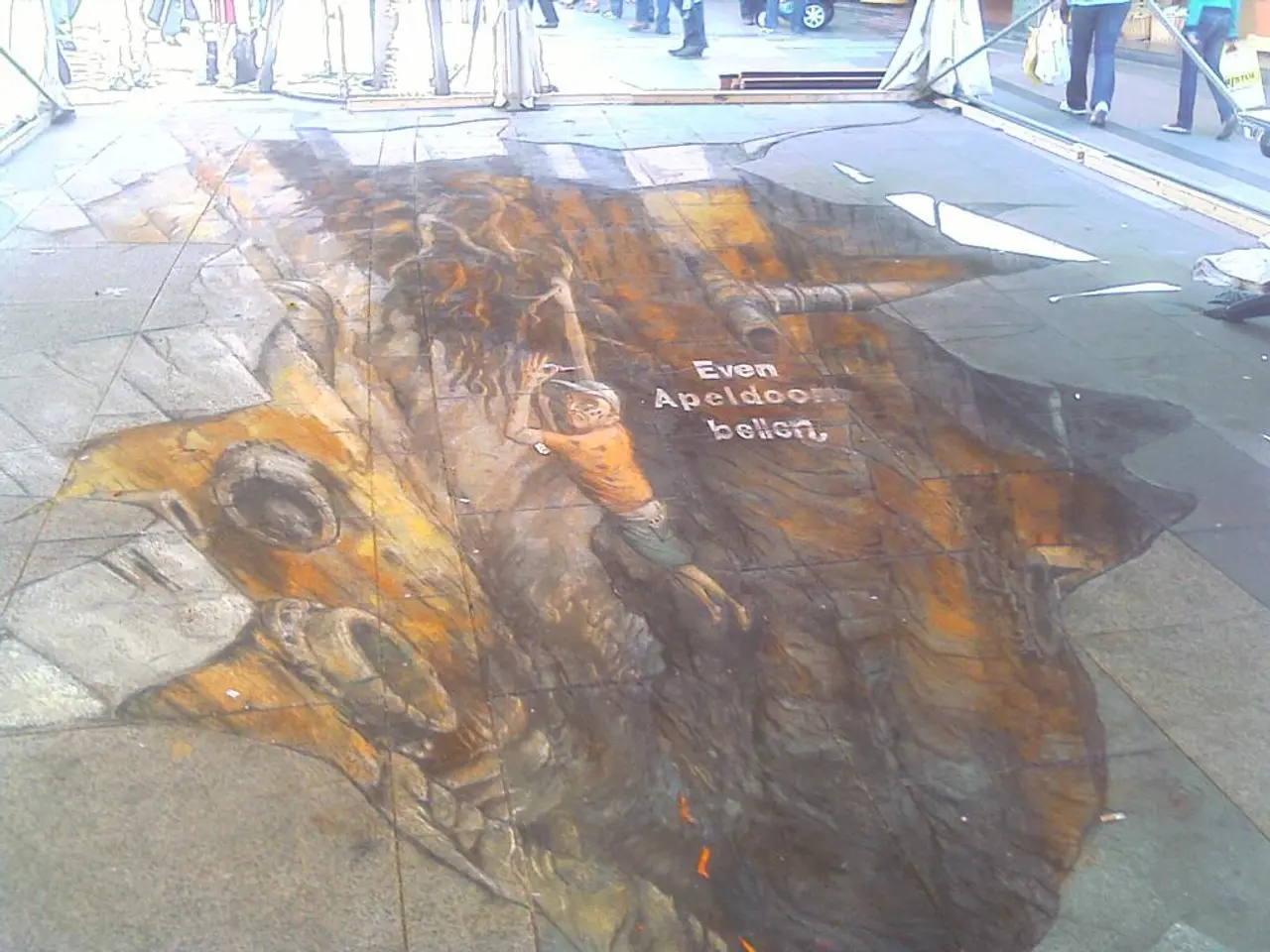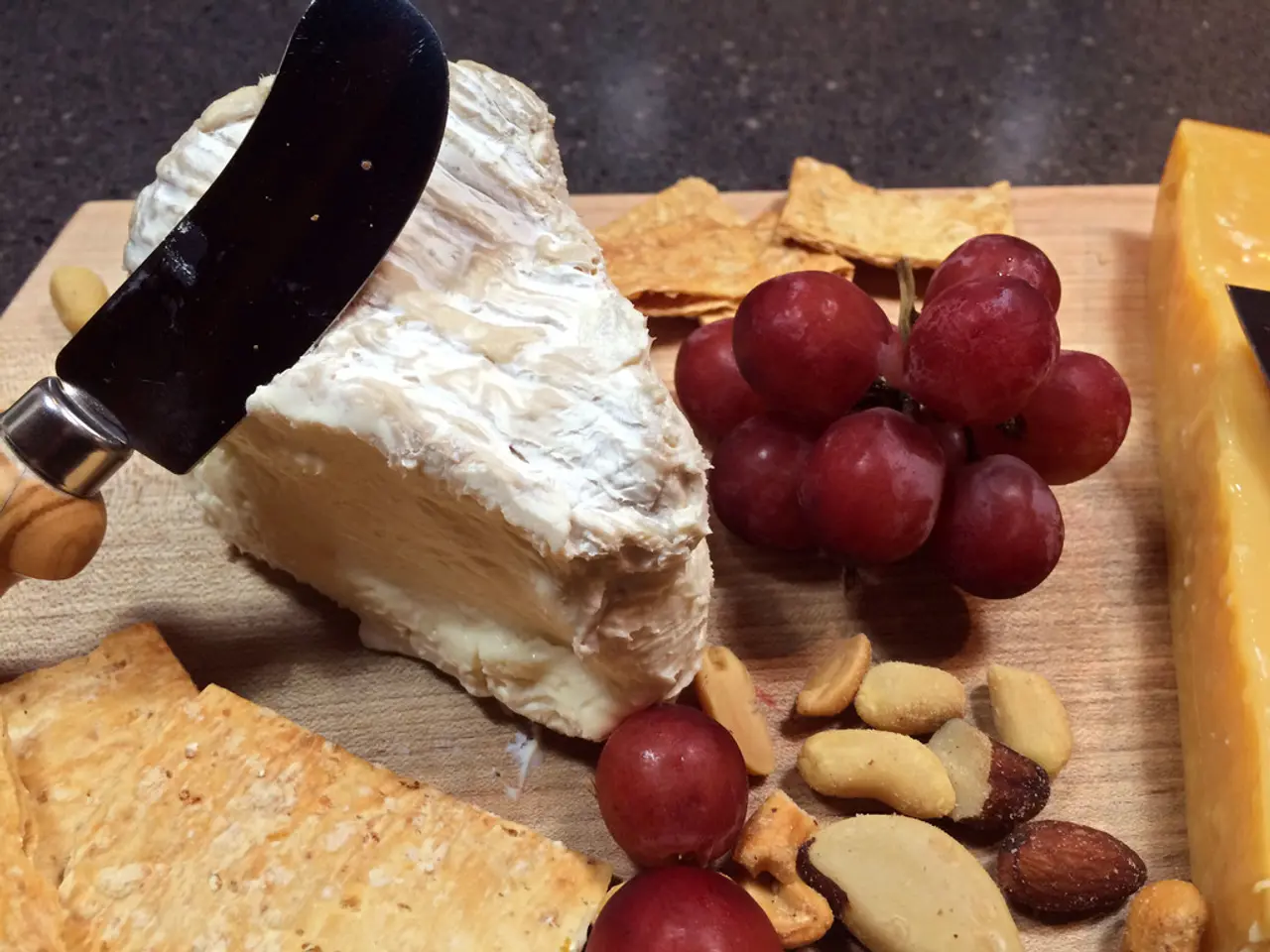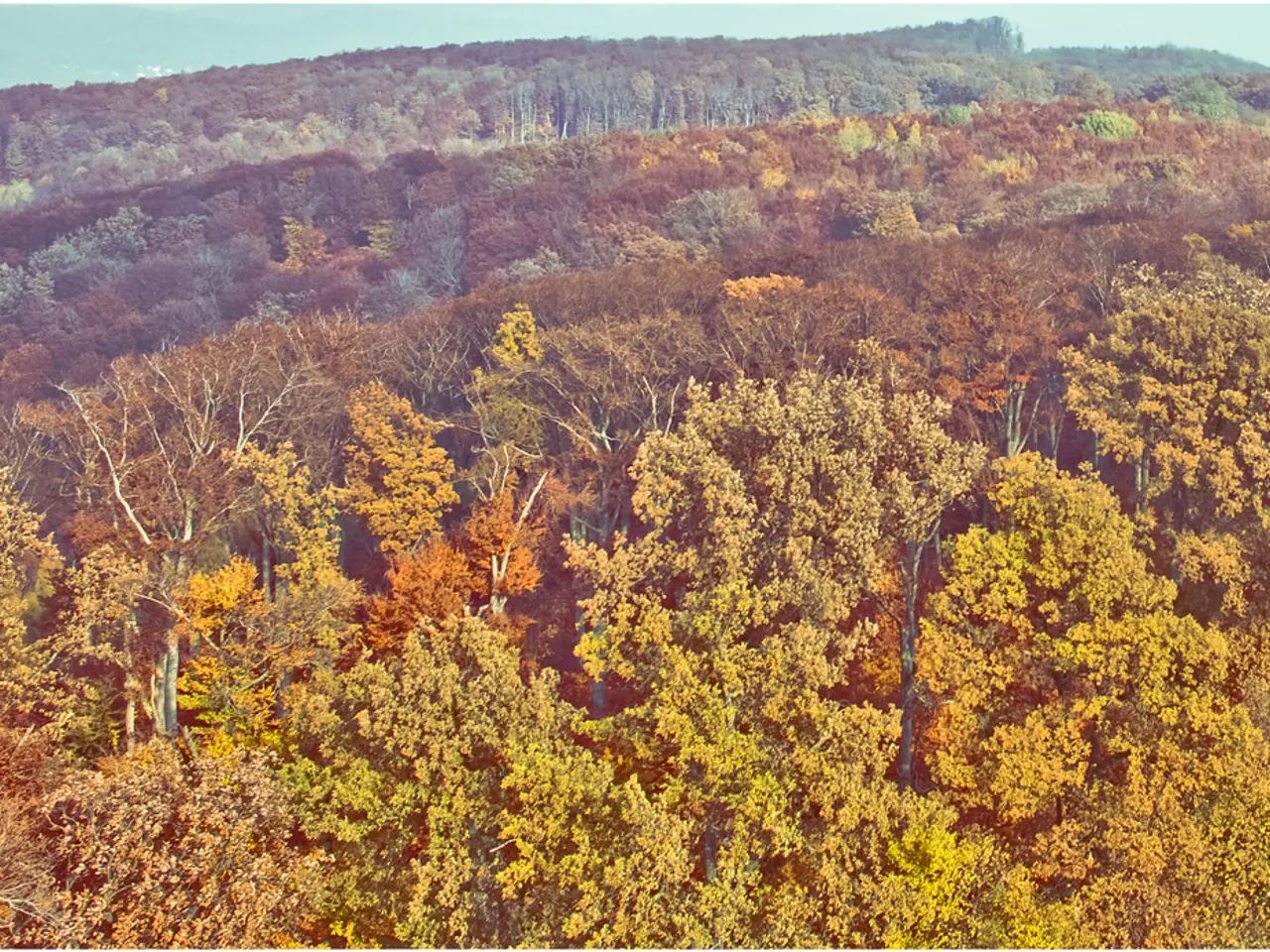Creating Authentic Landscapes for Conceptual Artwork with Photoshop and Blender
Creating a Detailed Environment Concept for Video Games involves a meticulous process that combines design, 3D modelling, lighting, and painting. Here's a step-by-step guide based on expert tutorials and workflows:
1. Concept Design and Planning
- Start with references and mood boards to capture the desired atmosphere, style, and elements.
- Sketch basic layouts or blockouts of the terrain and key features, focusing on composition and storytelling.
- Define the focal point of the scene — the area you want to highlight visually and narratively.
2. 3D Modeling and Environment Creation (in Blender)
- Utilize tools like the A.N.T. Landscape add-on to create base terrain meshes quickly for realistic landscapes.
- Structure your scene into manageable parts (terrain, rocks, trees, water bodies) to keep your workflow organized.
- For natural assets like rocks, grass, and trees, either model them yourself or use BlenderKit and other free asset libraries if modeling is challenging.
- Employ particle systems to populate grass, foliage, and other small natural objects to add density and detail.
- Use modifiers and sculpting tools for refining the terrain and creating more organic shapes.
3. Materials and Shading
- Develop or apply realistic shaders and materials to your models that interact well with light, using textures for roughness, metallic properties, and normal maps.
- Use shader creation tools within Blender or import textures from sources like ambientCG to add detail and realism.
- Focus on how surfaces react to different light sources — this is crucial for believable materials.
4. Lighting Setup
- Design your lighting based on natural (sun, moon) and/or artificial (lamps, magical light) light sources to set mood and emphasize the focal point.
- Experiment with warm colors (yellow, orange) and cool colors (blue, purple) for contrast and emotional impact; for example, warm interior lights contrasted with a cool, mystical exterior.
- Balance shadows and contrast carefully to preserve color detail without losing information.
- Use add-ons like Ultra Dynamic Sky or manually adjust sun positioning and strength for realistic or stylized effects.
- Add atmospheric effects such as fog, dust, or subtle volumetrics to enhance immersion and mood.
5. Painting and Post-Processing (Integrating Blender with Photoshop)
- After rendering the 3D environment, bring your scene into Photoshop for concept painting and refinement.
- Replace skies with mood-setting placeholders, paint over 3D details where necessary, and add background elements like clouds that guide the viewer's eye.
- Use painting to soften or eliminate unnecessary detail outside the focal area and enhance key areas with finer details and lighting effects.
- Keep iterating and painting over your concept as if giving feedback to another artist, maintaining progression and focus.
Additional Tips
- Use 3D scans or existing 3D assets as placeholders for complex objects, painting over them later to add uniqueness.
- Maintain a clear workflow: blocking → detailing → texturing → lighting → painting/post-processing.
- Spend ample time polishing materials, lighting, and composition, as finalizing an environment concept is an iterative and layered process.
This approach synthesizes beginner-friendly practical tutorials in Blender with professional workflows for game environment concept art, balancing 3D modelling efficiency and artistic painting refinement.
- Callouts are added to turn the piece from a pretty illustration into a usable concept.
- The article discusses a tutorial on approaching a detailed personal project in concept art.
- The wear and tear should tell a story about what happened in the environment.
- Humans can be used in the scene to make it feel more like a slice of life and tell a story.
- A basic 3D blockout is created to save time later in the process.
- Artistic inspiration can be drawn from various sources like lifestyle photos, home-and-garden magazines, or scenes in technology-based movies to create unique art.
- An artistic lifestyle often involves working on digital art, which can be showcased in a well-crafted portfolio.
- As an artist, it's important to continuously learn and grow, seeking out tutorials that cover topics like illustration, UI/UX design, and various digital art techniques.
- An artist should never underestimate the power of a distinctive logo; it serves as a symbol for their creative identity.
- When planning a new piece, consider incorporating artificial intelligence themes or contemporary 3D elements in your artwork to reflect modern trends.
- In addition to traditional painting mediums, using software like Photoshop can offer exciting new possibilities for color manipulation and blending.
- A painter needs to master the basic principles of color theory to create visually appealing art pieces.
- A poster design must effectively communicate the essence of the subject, making use of layout, typography, and color to grab the audience's attention.
- A sketch can be a starting point for complex artworks, allowing artists to experiment with composition and rough out ideas before committing to a finished piece.
- Creativity is not bound by a single medium; an artist may choose to incorporate photography into their work, using a camera to capture striking scenes or subjects for inspiration.
- Illustrators often bring stories to life by incorporating characters, settings, and narratives into their work.
- In the realm of art and design, a lifelike UI plays a critical role in immersing users in digital experiences, effectively blending form and function.




